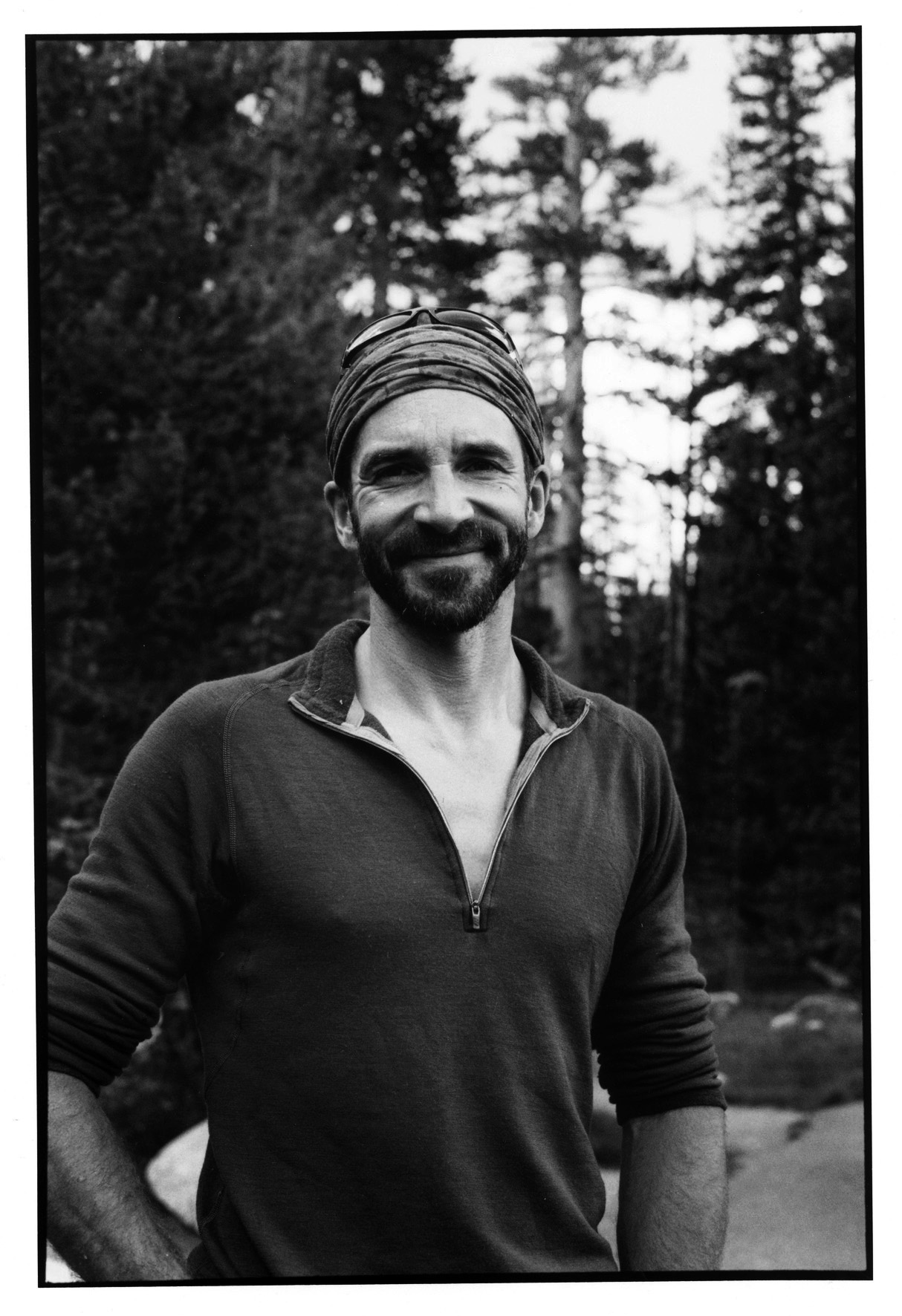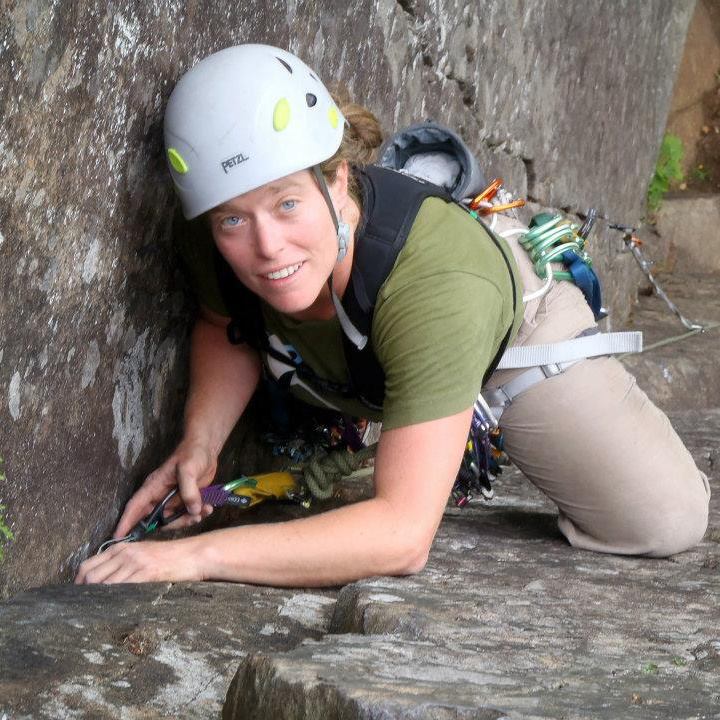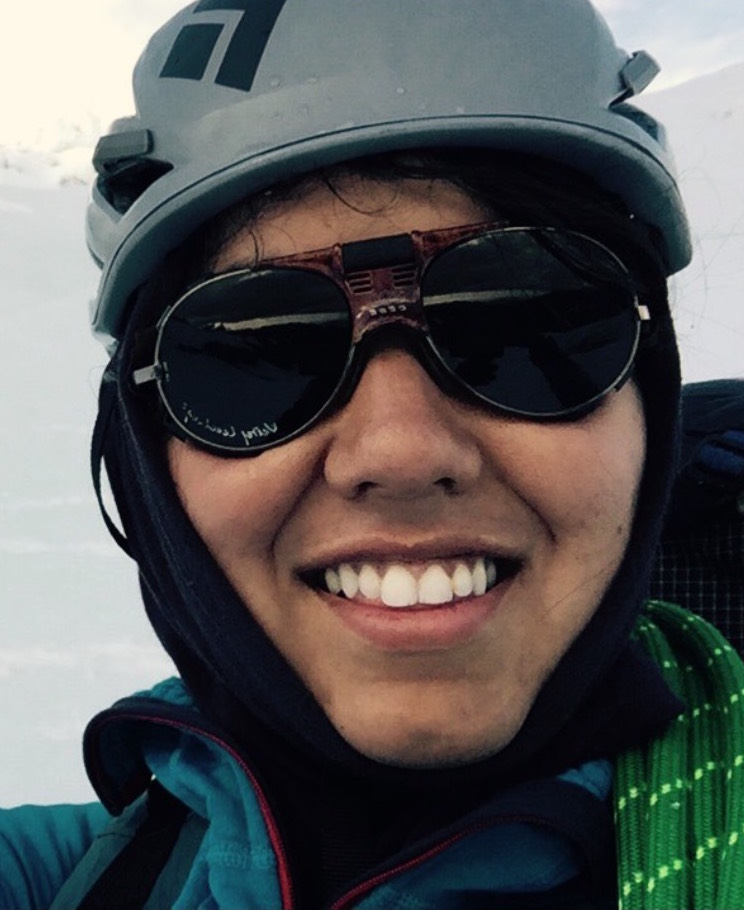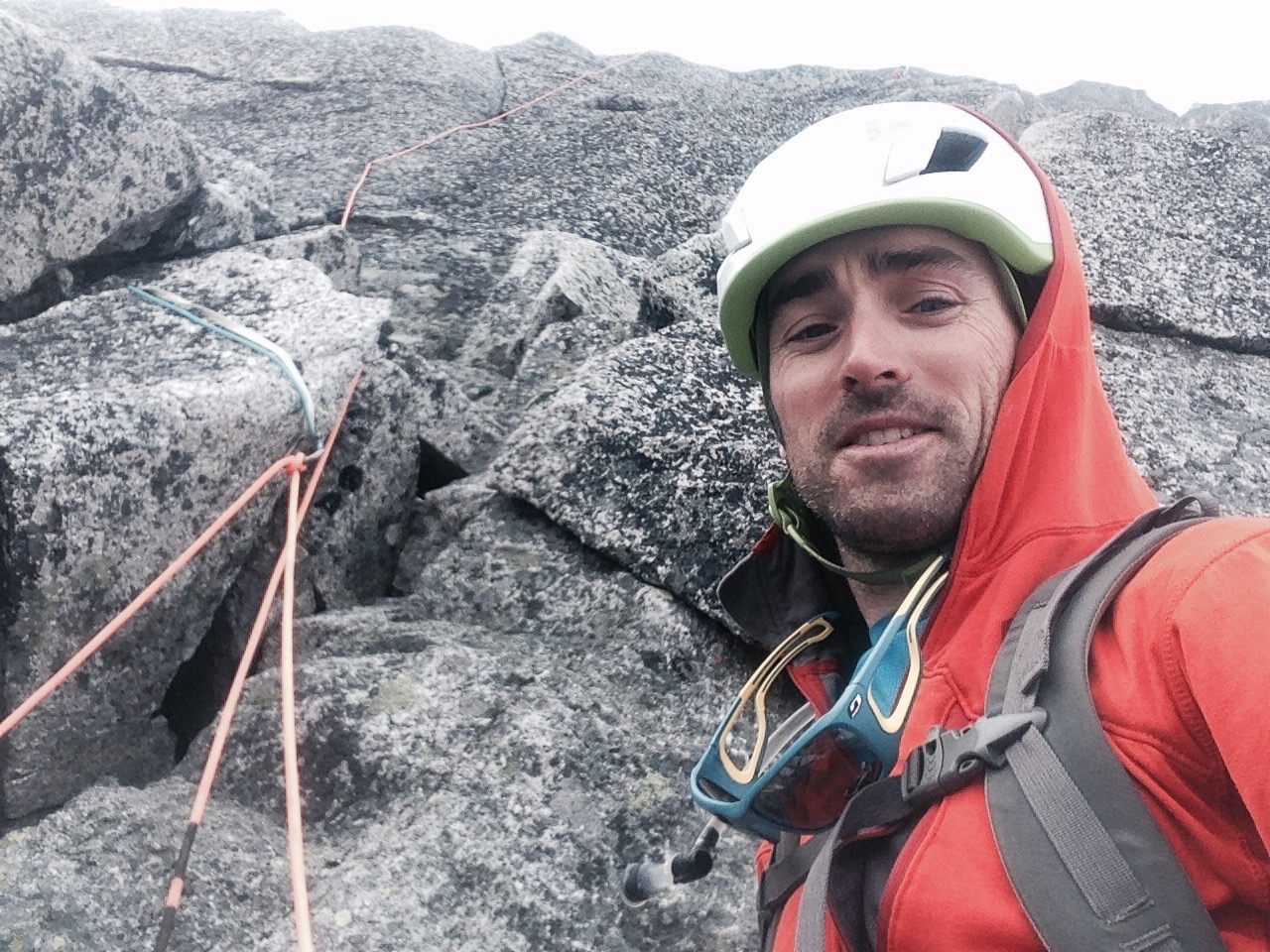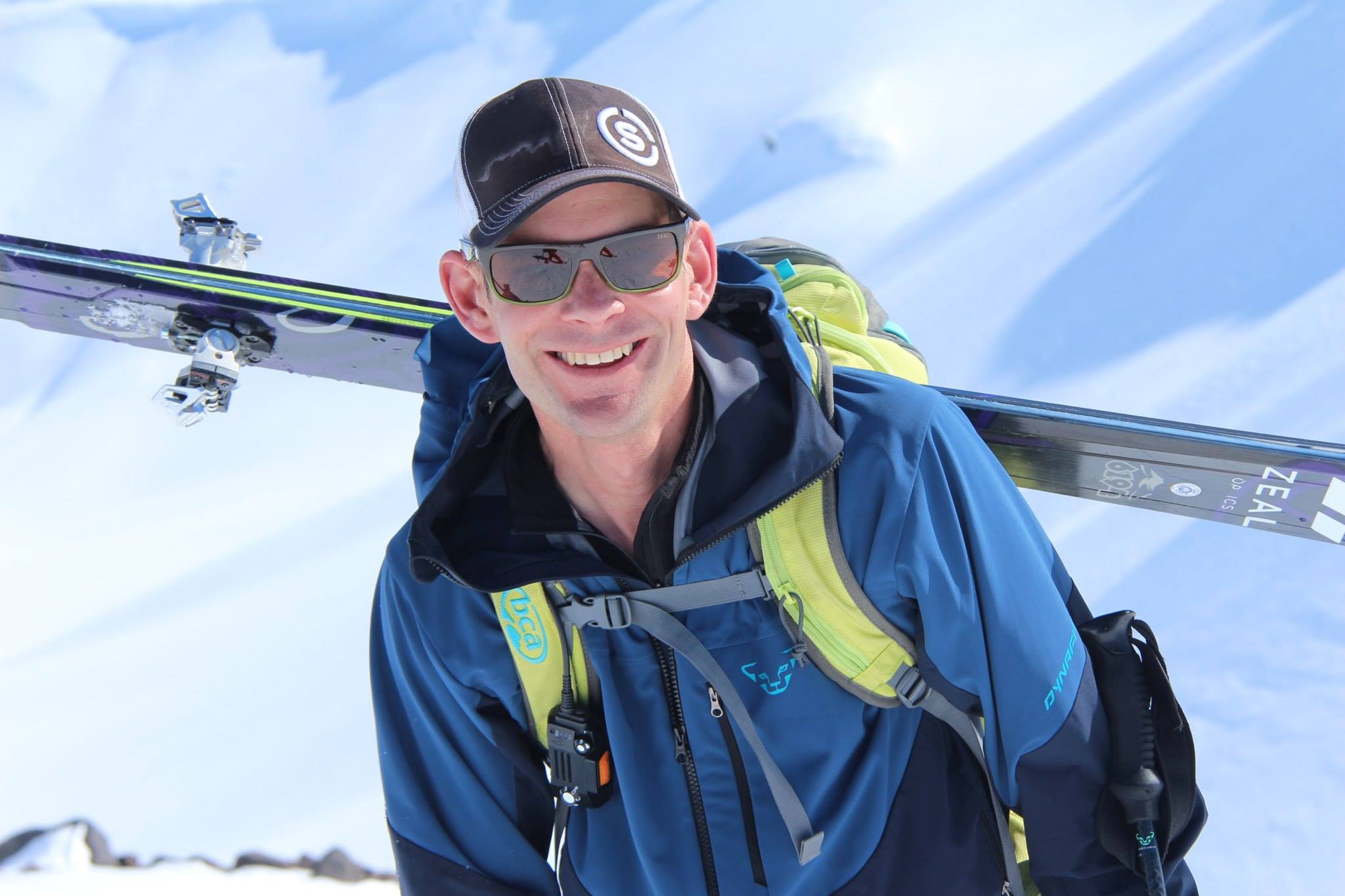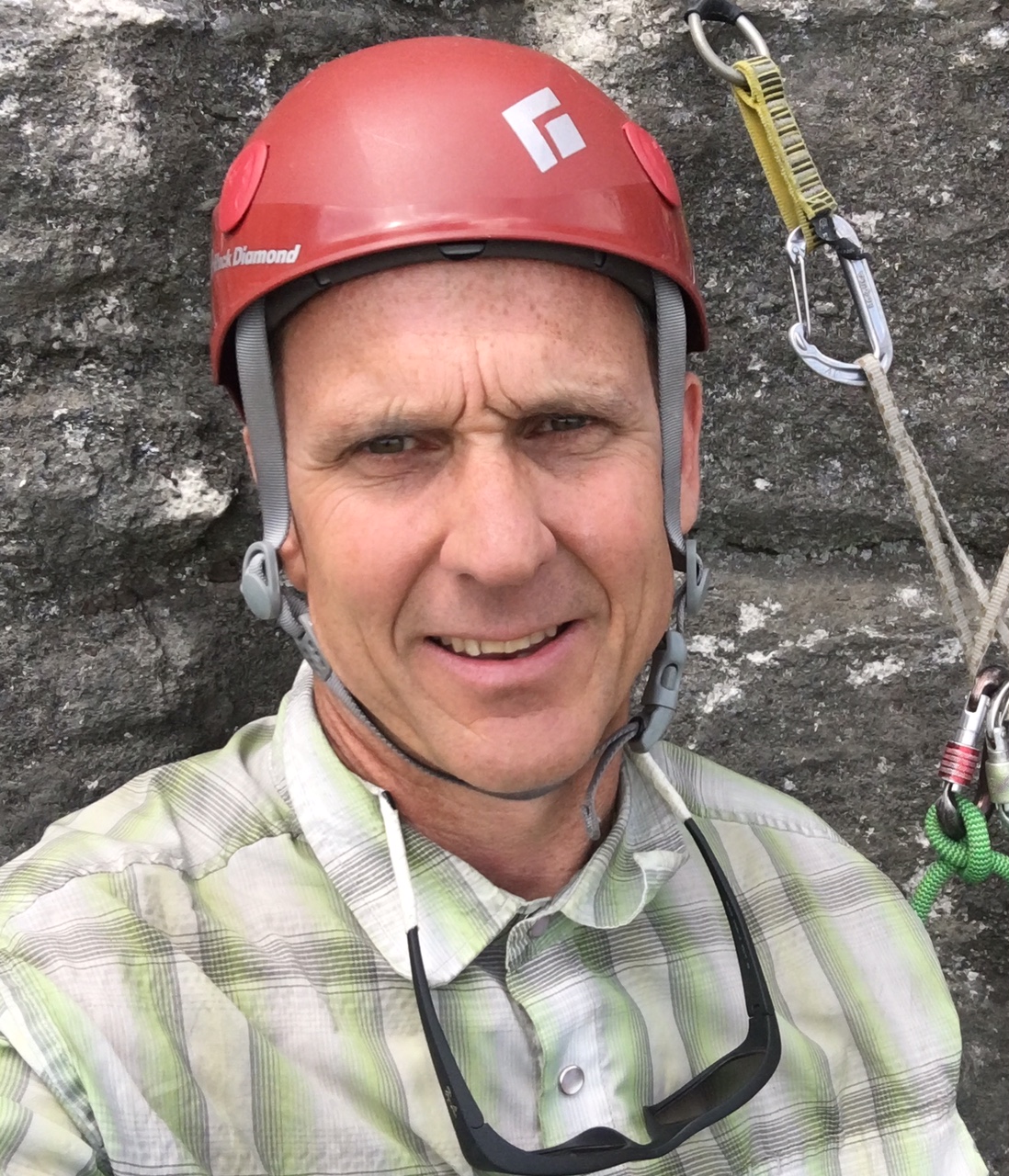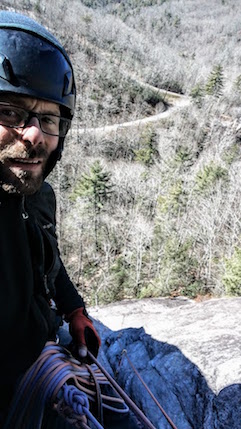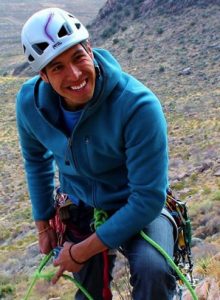Packing for an AMGA Alpine Guide Course, Part 2 – By Angela Hawse
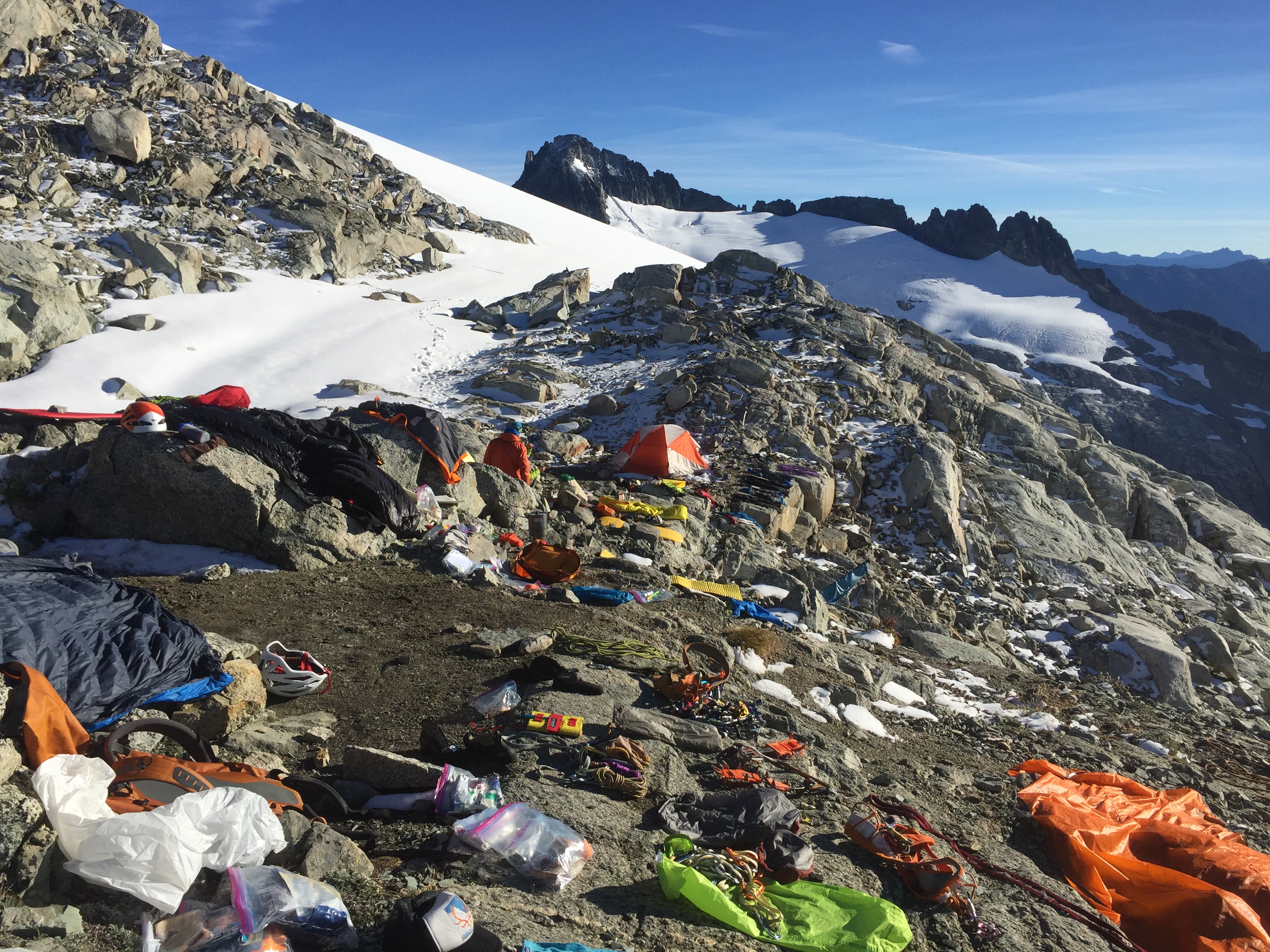
In Part 2, I’ll cover navigation, communication, and overnight essentials. If you’re flying you’ll have to make decisions on every piece of gear and it’s versatility before you cram it into your duffle/s. My hope is that these tips on what I bring and why, will help make sense of any questions you might have. As always, look at the weather forecast right before the program, because an unexpected cold front could make that light bivy kit you packed suck valuable energy you need for the program by shivering all night.
PART 2: NAVIGATION, COMMUNICATION, AND OVERNIGHT ESSENTIALS
- Guide Notebook – Brooks Range makes a great case that hold pencils, with sleeves for SOAP notes, map tools, etc. Combined with a Rite-In-The-Rain 311 notebook, this is standard kit.
- Altimeter Watch – I have had several Casio Pathfinders, which I stick with because they don’t ever need a battery replaced (solar charges on your wrist) and they always read atomic time.
- Guidebooks – Photos on your smartphone of topos/route descriptions and apps like Mountain Project are useful additions to the guidebooks.
- AGC Course Manual – Many print and bind the PDF. Most copy shops can size it down to half-size for reference.
- USGS 7.5 Topo Maps or Specialized Area Maps at 1:24,000 scale – Yes, we still use maps and you should have the appropriate selection for the course area.
- Compass – Suunto’s MC-2 or something comparable with a mirror and adjustable declination.
- GPS – Most use a smart phone but knowing how to use a GPS is crucial and in many remote alpine areas a GPS is part of a guide’s standard kit.
- Map Tool / UTM Grid Reader – Brooks Range or REI’s Card work well.
- Communication Devices – This depends on your course area and what works where. Your instructors will carry VHF/UHF Radios and a Satellite phone if there is no reliable cell service. At a minimum you should have a cell phone (smart phone is the standard) with additional portable power such as as Goal Zero’s Flip 10 or 20 and a charging cord. The combination of communication devices I use that helps keep costs manageable is:
– iPhone 6 – 64GB with a LifeProof case. Doubles as GPS and Camera.
– Delorme InReach SE – Iridium Satellite Communication Device w/ Basic Plan w/ Annual $12/month Safety Plan (device and set up additional).
– UHF/VHF Radio – I have an AnyTone AT-3318UV but many options exist and you aren’t required to have one on the AGC. I also have a HAM license.
- Packs – I bring three. One 42 liter which I try not to use and one 32 liter which is my go-to. I can pack for two nights out with my 32 liter if temperatures are mild. If temps drop to freezing I opt for a warmer sleeping bag and thus need more volume in my pack. I use Marmot’s Eiger packs that are light and built for alpine climbing. Not pictured is a very light, Ultra Kompressor that I use for shorter climbs when the 32 liter is too much.
- Duffle Bags – I go with two Marmot Long Hauler Large Duffles. Volume is not an issue and they are relatively light and water resistant.
- Sleeping Bag – I bring two. Ideally I use my custom 40º Marmot Atom that I cut the zipper and toe box out of and sewed back together (but I am 5’6” and don’t need all the extra room). This is super minimalist and I will sleep with all my clothes on to save weight. This is my carry over bag but as an aging alpine guide a little shivering goes a long way saving my knees on descents. My other bag is a 15º Marmot Helium that packs down small.
- Sleeping Pad – Thermarest Neo Air XLite shortie wrapped in a custom sized Emergency Blanket to protect it and help insulate me from the ground.
- Bivouac Sack – Marmot’s Alpinist Bivy is a perfect combo with my minimalist Atom bag.
- Tent – Single wall. Either Marmot’s Hammer Tent or BD’s Firstlight.
- Headlamp – I’m a fan of BD’s ReVolt, rechargeable, which can but re-booted with a portable power pack and cord.
- Cooking/Eating – Jetboil and Fuel, Squishy Bowl, Plastic Spork and full size coffee cup.
- Hydration – I like the new Hydra-Pack liter bottles and the 1L Platypus that compress down to nothing when empty. A 4-6 liter MSR dromedary bag is perfect for an overnighter.
- Water Purification – Many options out there, but I’ve been going with the MSR Aquatabs.
- Multi-Tool – Small Leatherman does about everything you could need.
 With 25 years of mountain guiding experience, Angela is one of the most experienced and active women in the profession. She was the 6th woman in the U.S. to become a fully certified IFMGA Mountain Guide through the AMGA. Angela’s based in Ridgway, Colorado but travels the world for work and play.
With 25 years of mountain guiding experience, Angela is one of the most experienced and active women in the profession. She was the 6th woman in the U.S. to become a fully certified IFMGA Mountain Guide through the AMGA. Angela’s based in Ridgway, Colorado but travels the world for work and play.


